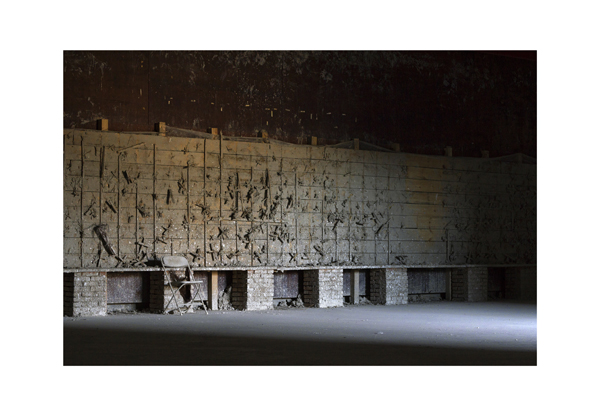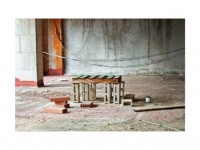
Abandon: Carlos Sebastiá solo exhibition
|
The photographic exhibition “Abandon” by Carlos Sebastiá seeks to highlight the implicit meaning behind often seen images of neglect and decay. When viewed through the photographer’s lens, the scenes of broken facades and derelict spaces bring to mind the past lives of these places and their long-gone inhabitants. The apparent death of these environments stands in stark contrast to the perceived life that they still contain. Despite the broken nature, the scenes still contain the indelible memory of the past, providing a sense of the eternal presence and protection of their respective former inhabitants. It is in this way that the crumbling building and things around us will never truly die—each edifice, over time, takes on human characteristics. Each place is a person, sharing emotions, feelings, and memories. Their personality becomes tangible and inseparable from the location. Our own neglect and abandon of these once treasured people-places does nothing to diminish these memories. Instead, it simply affects the viewer’s ability to empathize with and connect with the past. No matter how concerned with the past we are, the visual depiction of decay forces us to confront a harsh true. Ultimately, we will forever be unable to reconnect to the places and people of the past. What is gone will forever remain gone, and our actions may have prevented how else we understood the people and places while they still existed. Although this is a lamentable experience, constantly being reminded of that which we have abandoned, we may still rejoice in the knowing the pleasant memories, experiences and people from our past have found a way to live on forever. The concepts and emotional impetus behind “Abandon” stem from the artist’s personal feelings of loss, nostalgia and connectivity. Having extensively presented works and exhibitions across Europe and North America, Carlos Sebastiá presents for the first time, a detailed examination of his own instances of distance and abandonment. Working far from his native Spain he constantly relates to the things and people he has left behind, and to the environments with which he is attempting to form connections. Ultimately, this exhibition displays the singular idea that the interchange between abandonment and recollection is a universal experience.
–Bradley D. Roberts Art Historian for the Central Academy of Fine Arts (OSU)
|
 |

